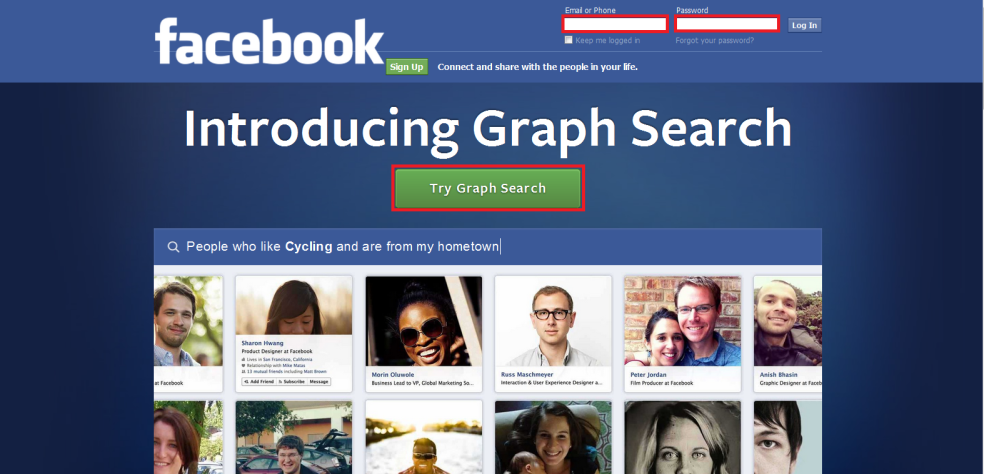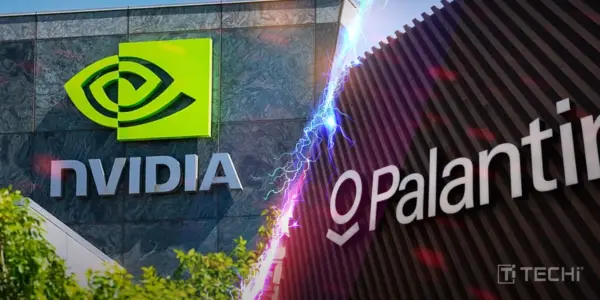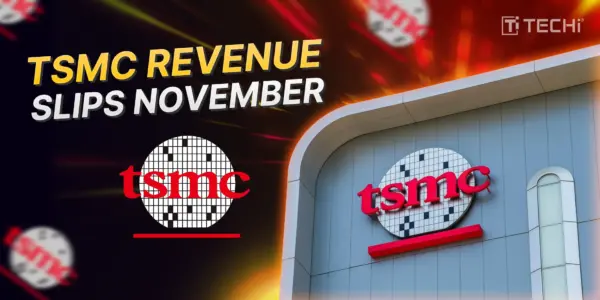Graph Search is Facebook’s newest pillar. Every user’s experience will be different because every user has a different network to tap into. Graph Search is a Facebook feature that is similar to search engines. Users can find targeted information on anything from their friends’ top rated television shows to jobs in Honolulu.
What is Graph Search?
Graph Search is intended to make searching for information more relevant and personalized. The Facebook exclusive search feature recommends products and services based on friends, their connections and a user’s likes. Graph Search aggregates all of the data within a network and provides recommendations based on that information. Instead of searching for people a user already knows or a company that a user is already familiar with, Graph Search lends itself to discovery.
What to expect with Graph Search
Many users testing out Graph Search have stated that they were surprised at the Facebook layout. The navigation bar is revamped. Instead of the famous spelled out Facebook logo, Facebook opted to go with its iconic “F” logo. The shortening of the logo makes sense since the Graph Search box is a lot longer than its antecedent. The prior white box used to search is also out. Users can type 112 characters before the characters are cut off. The rest of the navigation bar is in the same current order.
Like the current search box feature, Graph Search will also autocomplete as a user is typing. Users currently testing the beta Graph Search report that their search results appear almost instantaneously. However, some report that more complicated searches may require a couple of seconds. The most relevant results based on a user’s network will appear first. Since one search can yield hundreds of results, Facebook has implemented custom filters, e.g. age, city, relationship status, that can narrow search results.
Who is graph search really for?
Graph Search is for everyone. The results will depend on an individual’s network. Many beta users report that, in its current stage, it is unlikely that they would use Graph Search everyday. So far, users are willing to use it for practical purposes, e.g. a dentist in their area.
Graph Search has some kinks to work through. It is not the perfect searching tool yet. Francis Bea of Digital Trends explains, “The lesson here being: with Graph Search you will – literally – need to spell things out. Natural language processing isn’t quite as strong as what we’re used to with search engines like Google and Bing.” In its current stage, users have to conduct specific and more accurate searches. In Bea’s Graph Search experience, spelling out New York City yielded better results than using the colloquial “NYC.”
Brands and advertisers are very likely to reap many more benefits. Graph Search has the potential to deliver a perfect form of microtargeting. Heavy hitters like Google cannot even do that yet.




